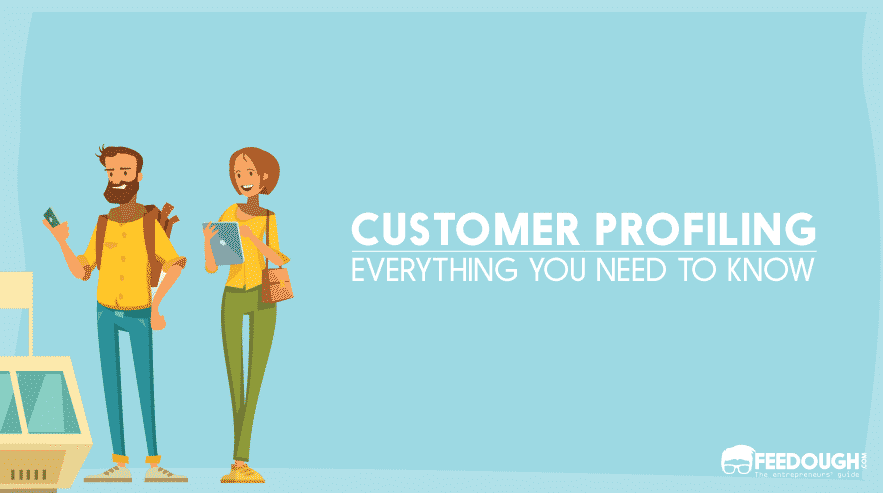What if I told you that you can target different customers and craft a personal campaign for each using predictive analytics and his/her demographic, psychographic, and other data?
The internet has made it possible to track users’ activities, divide them into different segments according to their interests, demographics, psychographics, and target them with more appealing and convincing campaigns. This new phenomenon is microtargeting.
What Is Microtargeting?
Microtargeting (also called micro-niche targeting or micro-targeting or people-based targeting) is a marketing strategy that capitalises on the consumer’s demographic, psychographic, geographic, and behavioural data to predict his buying behaviour, interests, opinions, and influence that behaviour with the help of a hyper-targeted advertising strategy.
Internet plays a great role in crafting and implementing microtargeting strategies. Facebook sells your data to advertisers in the form of demographics, interests, and likes, etc. Google Adwords uses the cookies generated from your website visits and other browsing data to target their clients’ advertisements to you. Other social media networks like Twitter, Instagram, and Snapchat, involve data selling strategies to earn revenue. All this data lead to hyper-targeted marketing strategies which direct personalised campaigns to your display screens.
Objective Of Microtargeting
Different customers have different opinions, interests, and different motivational triggers. The objective of microtargeting is to use this consumer data along with predictive analytics and design a more profitable holistic marketing campaign which is personalised for each consumer.
Campaigns which are tailored as per the consumer’s interest are preferred over unrelated advertisements. It increases the consumer engagement, is more convincing, and result in better ROI.
Do you prefer Arsenal or Barcelona? Cricket or Football? Marvel or DC? Do you prefer memes over informative videos? Are you on the side of Donald Trump or Obama? Do you live a healthy lifestyle or not?
Most of your habits, opinions, preference and interests can be tapped using your internet browsing habits. The objective of microtargeting is to use this data to create the most convincing campaign for you to buy the product.
Microtargeting Examples
Advanced microtargeting was first used by the Republicans in 2004 US elections. Karl Rove, along with Blaise Hazelwood used microtargeting to target potential voters in 18 states which eventually led to their victory against George W Bush.
Political microtargeting was again used in 2008 US elections by Obama’s team where they spent millions in technical support staff, data scientists, and database engineers and re-engineered the democratic voter database which consisted every information about the users based on their social network profile, online and offline behavioural patterns, interests, and other data. This data was used to develop a holistic marketing strategy not only to target people but the to devise the best way to target people.
Everything from website design to social media ads and contests (like win a dinner with Obama) was targeted to the required target segment after being tested on test audience.
The team even used microtargeting to make people convince their friends and family to vote for them.
The same trend was followed in the recent US elections where Donald Trump spent $150 million on microtargeted Facebook and Instagram advertisements. He used this technique to suppress voters of Clinton.
Go On, Tell Us What You Think!
Did we miss something? Come on! Tell us what you think of this article on microtargeting in the comment section.
A startup consultant, digital marketer, traveller, and philomath. Aashish has worked with over 20 startups and successfully helped them ideate, raise money, and succeed. When not working, he can be found hiking, camping, and stargazing.









